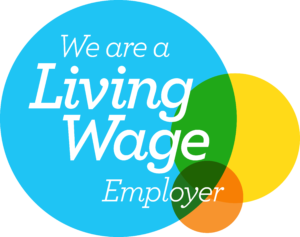In this first reflective blog, Findhorn Watershed Initiative Lower Catchment Creative Practitioner / River Animateur Eve Mosher writes about the initiation of her six month residency on the River Findhorn.
As the Creative Practitioner and River Animateur, I have been tasked with developing a programme to support the community engagement strand of the Findhorn Watershed Initiative with support from the Findhorn Bay Arts.
In order to begin this work, it felt necessary to better understand the River Findhorn and its communities.
There are many ways to get to know a place – if one can ever truly know it without having the generations of knowledge that comes from inhabiting that place over the decades and centuries. As I am an outsider to the River Findhorn, I am navigating the different pools of knowledge and knowing that are available to me.
I started with mapping and drawing. This let me see the marks, traces and lines that are left by the current path of the river. These lines tell a story themselves and evoke the terrain as the river tumbles down from the mountain tops – high up in the Monadhliath. I can see the places where the water for the River Findhorn comes from the burns, waters and tributaries that add to its fast flowing peaty waters. I can see through the mapping and drawing where the river narrows to course through rocky pools and I can see where the water flows outward into the farm lands and to the bay. As it passes through the farms, I can see where the water is canal-ised and put both to use in the fields, and put out of the way of the fields. As it makes its way towards the bay, the mapping shows its flow at low tide and high and the shapes that change as it continues its influence out into the North Sea.
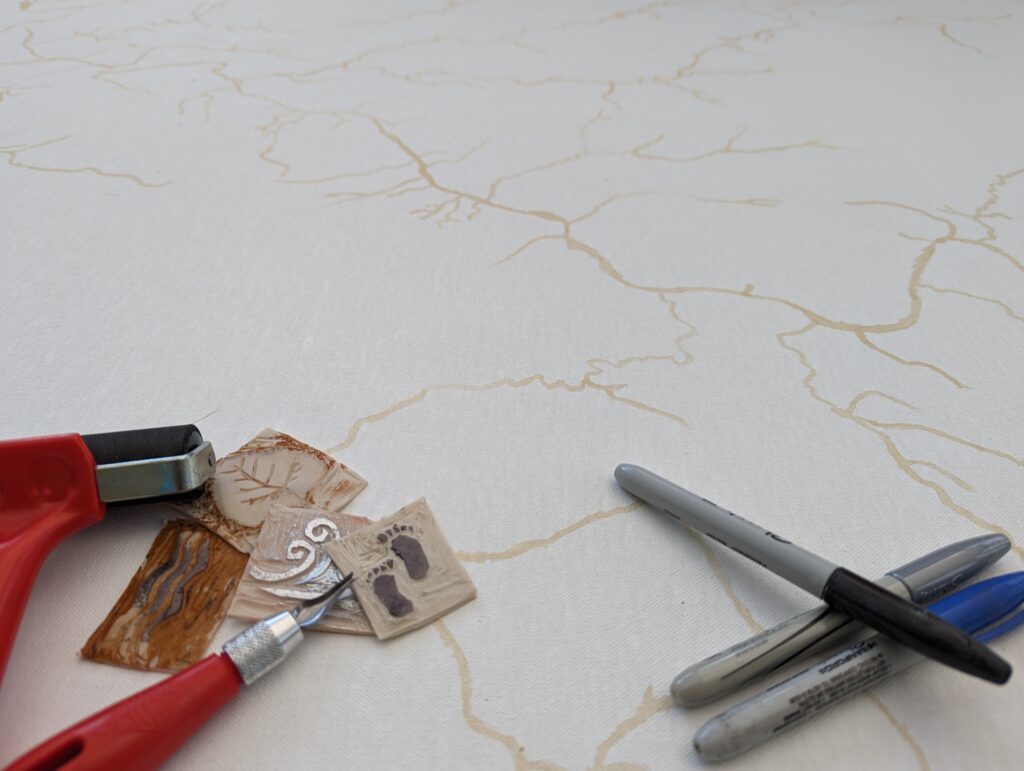

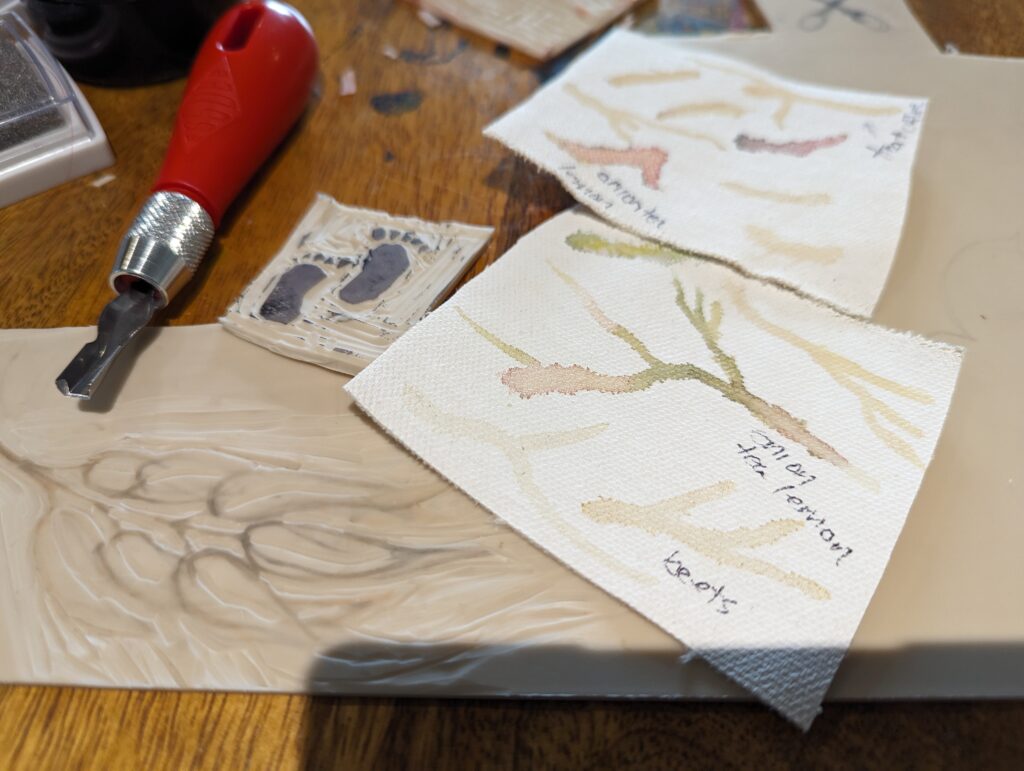
The maps, though, don’t tell the whole truth. More is revealed through going to, along and across the water. For this I have excellent guides in those who know the river better than I. The first excursion is with James Chitty, who has explored the river through many activities in and along the river, but also has spent time as a story weaver, finding the right conversations to hold and the questions to ask to invite stories to emerge from the communities that along the banks of the bay and river. Through his work, he invited people to come together and share in making and the exchange of stories of the river. I am lucky to have him take me along the stoney beach where he shows me both the tidal influence on the stone topography as well as the historic stories from forests and fisher folk who have lived along the water. We drive over what is clearly an old river bed, which he explains still runs when the river is in spate. We stand on a rocky place, only to find our exit path blocked when we go to leave because the tidal influence is still happening even here.
On the second excursion with James, we are farther up river exploring a very different version of the river, towering sandstone cliffs and trees precariously clinging to the land over our heads tells us of the power of the river carving its way down the mountains. We find a spot where the Divie meets the Findhorn and sat to talk about making, learning from the land and the people while he taught me to weave his willow fish. Making seems to be such a great way to make the conversation flow. When we are done, we decide a rather epic game of Pooh sticks is in order as we throw our creations into the crashing river – like a gift to the river that has given us so much inspiration and fodder for conversation.
Other guides I have learned from include Rupert Hutchison, who was brought in to facilitation of connection and reflection for the team of partners working on the Findhorn Watershed Initiative. Through his facilitation he linked our work to longer timelines and larger geologic and spatial scales. Through this, I found myself up next to the river watching silently for an hour as the light on and in the river changed as the sun moved across the sky (which it does quickly in late fall in Northern Scotland) and as clouds ran across the sun. I listened closely to the burbling of the river and the almost applause-like sound of the wind running through the trees. Here, the river runs wider and the peat colour evokes mysterious depths and stories unrealised. I am closely connected to the riparian zone – especially that area which survives the river in spate and drought. Mosses cling to rocks, lichen tints the river stones from pink, grey and white to its own warm yellow. Small grasses grow up and a bright green caterpillar inches along some wood washed up in the last spate. Here there is diversity of life, the warmth of the sun and the soundtrack and lightshow of the river.
My last guide (for now) is Guy Harris from the Findhorn Watershed Initiative team. I am out on a walk hosted by Mairi McFadden and Raghnaid Sandilands, the duo working on the upper catchment, and Guy takes us to places to look for salmon and invites reflection on the changes that are possible. He tells us about the work that is already taking place to make the river more welcoming to salmon and ensure long term health of the river and its communities. This is a different view of the river as I am in the upper catchment area, near Tomatin. So while I have not seen or visited the whole of the river, I have managed some very different spots – from close to the source, to its journey through canyons and forests and out to the bay.
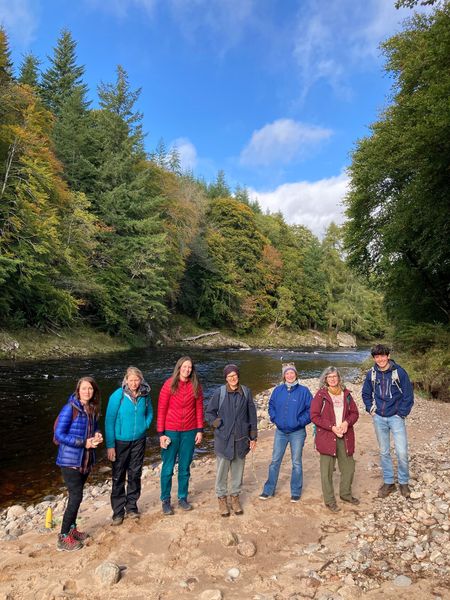

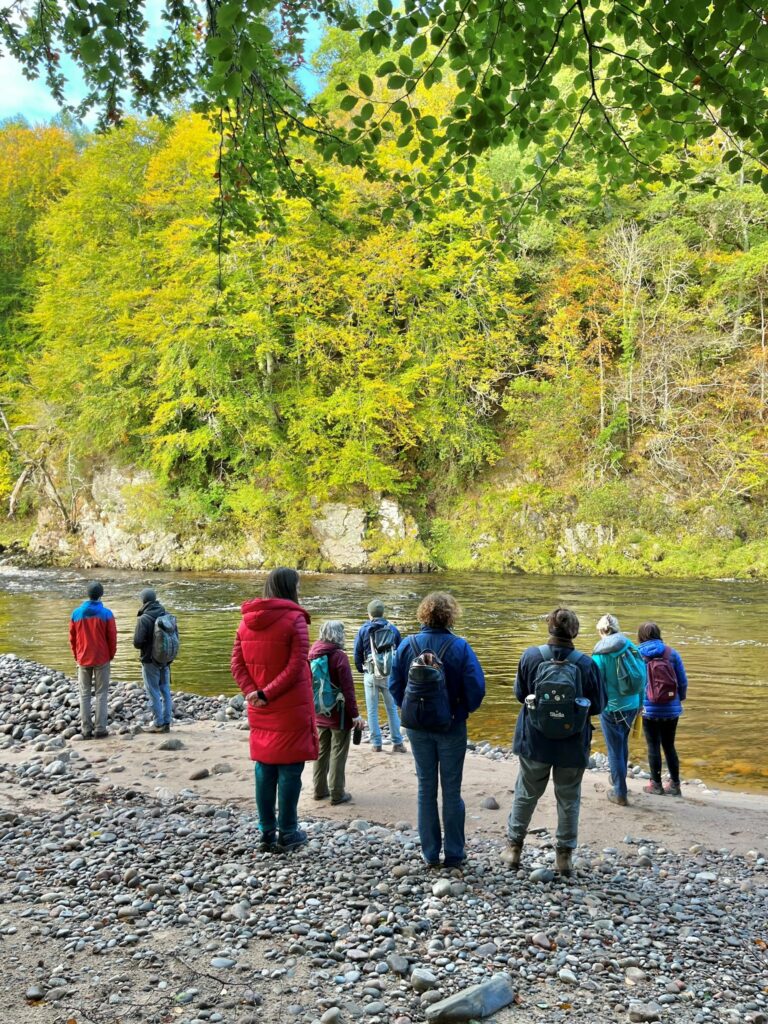
To get to know the whole of the river – a river that is over 61 miles long and has many more miles in tributaries, I rely on someone who themselves sought to know the river, author, explorer and human ecologist, Jamie Whittle. I am on my second read of his book, White River, which weaves together the history of place and people with his own journey walking up the River Findhorn, from sea to source, and paddling back down, from source to sea.
I have got my bearings on the river now, through the drawing, visiting and researching, but what I am seeking now are the stories of its inhabitants and linking that to the ongoing work of the Findhorn Watershed Initiative. I want to understand who has seen and experienced what along the river, why is the river their inspiration, how do those who live around the river and those who come to the river really come to know the river, and what are their own connections to the river? To that end, we are meeting people out at events and setting a series of our own events to invite people in to discuss and nurture their sense of belonging to and connecting with the river. I will continue to develop creative methods to invite communities in the watershed to create a community-wide stewardship of the River Findhorn and its ecosystems.
Eve Mosher has taken up the role of Lower Catchment Creative Practitioner / River Animateur to support the community engagement programme of the Findhorn Watershed Initiative. Working at the intersection of climate change and imagination, Eve has a long held practice of working in the context of river catchments and watersheds.
Find out more about the Findhorn Watershed Initiative over on the project page.

